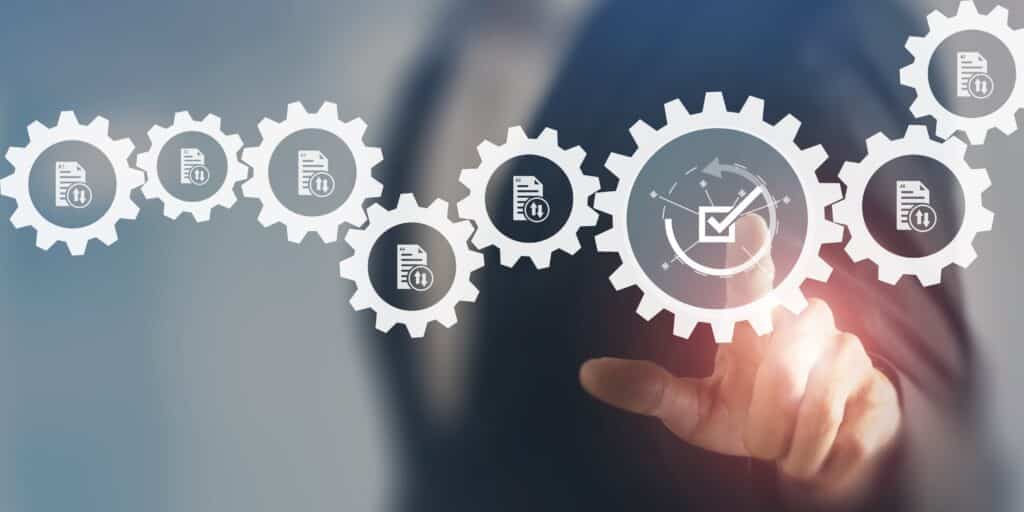In the complex landscape of utility billing, achieving seamless integration has become more than just a technological pursuit—it’s a crucial necessity. Seamless integration is the linchpin that holds together disparate systems, ensuring a smooth flow of data and operations.
Today, we explore the intricacies of this integration, why it matters, and how it can revolutionize utility billing processes.
The Concept of Seamless Integration
Seamless integration, in the context of utility billing, refers to the smooth flow of information and processes between different systems involved in managing and processing utility services. Imagine a symphony where each instrument plays in harmony without missing a beat. Similarly, seamless integration orchestrates the various components of utility billing, eliminating disruptions and improving overall efficiency.
The benefits of achieving seamless integration in utility billing are profound. It transcends mere operational enhancements; it significantly impacts customer satisfaction. When billing systems seamlessly communicate and share information, customers experience smoother transactions, reduced errors, and improved clarity in their utility bills. It’s about creating an experience that customers can trust and rely on.
Common Challenges in System Connectivity
However, the path to seamless integration is not without its challenges. Many utility service providers grapple with interoperability issues—ensuring that different systems can work together seamlessly. Legacy systems add another layer of complexity, often resisting integration with modern technologies. These challenges underscore the importance of addressing the root causes that hinder connectivity.
The impact of interoperability issues and legacy systems is not just technical; it affects the entire utility billing ecosystem. Delays, errors, and inefficiencies can lead to frustration among both service providers and customers. It’s essential to understand these challenges to pave the way for effective solutions.
Technologies Enabling Seamless Integration
To overcome these challenges, utility service providers turn to advanced technologies. At the heart of this transformation are APIs (Application Programming Interfaces), which act as bridges connecting different systems. Middleware plays a crucial role in facilitating communication between disparate platforms, ensuring data can flow seamlessly. Additionally, cloud-based solutions provide a scalable and flexible environment for enhanced connectivity.
These technologies not only address current challenges but also future-proof utility billing systems. As the industry evolves, embracing these solutions becomes imperative for staying competitive and providing a superior customer experience with customer service analytics.
Best Practices for Achieving Seamless Integration
Achieving seamless integration requires a strategic approach. Clear communication protocols, standardized data formats, and collaboration between utility service providers and technology vendors are essential elements of this strategy.
Establishing clear communication protocols involves defining how different systems will exchange information. Standardized data formats ensure consistency in data exchange, reducing the likelihood of errors. Collaboration is key—by working closely with technology vendors, service providers can align their goals and ensure a smooth integration process.
User Experience in Seamless Integration
The impact of seamless integration on user experience cannot be overstated. Customers benefit from reduced friction in billing processes, leading to a hassle-free experience. Integrated systems enhance transparency, allowing customers to understand and verify their utility bills with ease. It’s about creating an environment where customers feel informed, empowered, and satisfied with their utility services.
By prioritizing user experience in the integration process, utility service providers can build trust and loyalty among their customer base. This customer-centric approach goes beyond technical considerations; it’s about creating value and exceeding customer expectations.
Future Trends in System Connectivity
As we look ahead, the landscape of system connectivity is poised for further evolution. Emerging technologies, such as advanced AI algorithms and IoT (Internet of Things) integration, hold the promise of even more sophisticated and seamless utility billing processes.
The evolution of integration technologies indicates a shift towards smarter, more interconnected systems. Utility service providers who embrace these trends position themselves as leaders in the industry, ready to adapt to the changing needs of their customers.
Embrace Connectivity for a Smoother Tomorrow
Seamless integration in utility billing is not just a technological advancement; it’s a commitment to a better future. By addressing challenges, leveraging advanced technologies, and prioritizing user experience, utility service providers can revolutionize the way they deliver services.
If you’re ready to take your utility billing to the next level, embrace seamless integration.
Connect with Silverblaze today to explore how our solutions can enhance your operations, improve customer satisfaction, and future-proof your utility services. Together, let’s pave the way for a smoother and more connected tomorrow.



